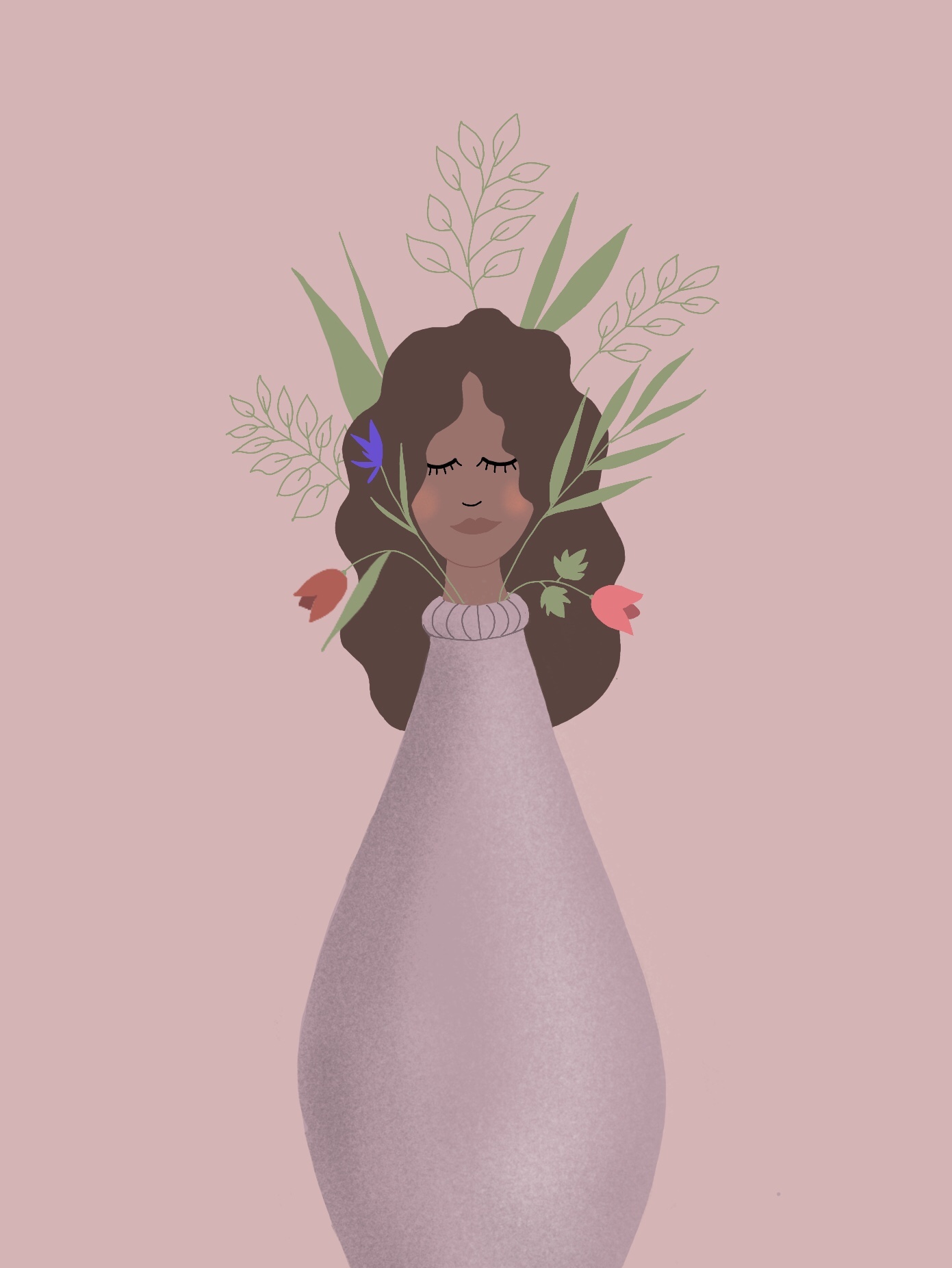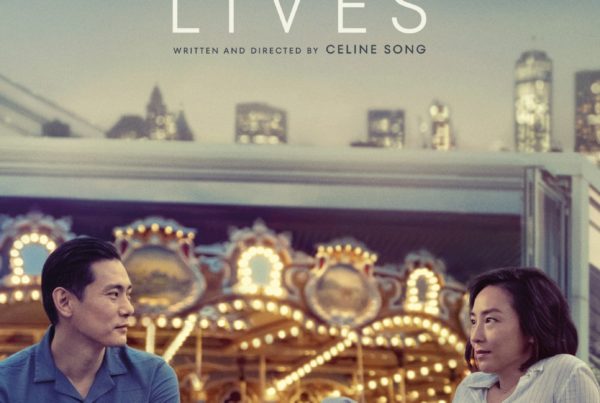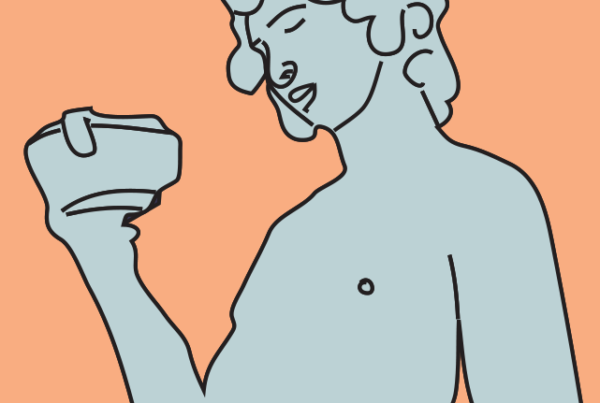
It’s the hope of my thoughts that I travel upon
Fly like an arrow of God until I’m gone, so I’m
Drifting away like a feather in air
Letting my words take me away from the hurt and despair
– Feather by Nujabes, CIse Star, Akin Yai
Could you imagine going through a single day without expressing yourself through words? For most of us, it is the norm to talk and write about our thoughts and emotions; but for some of us, it is a great pleasure to do so in artistic ways, through writing and reciting poetry, novels and songs. But is there more value to a poem or song other than it being entertaining? Perhaps creative verbal expression is not just ‘pretty’, but a powerful tool for self-expression and liberation on several different layers.
It’s the hope of my thoughts that I travel upon
Fly like an arrow of God until I’m gone, so I’m
Drifting away like a feather in air
Letting my words take me away from the hurt and despair
– Feather by Nujabes, CIse Star, Akin Yai
Could you imagine going through a single day without expressing yourself through words? For most of us, it is the norm to talk and write about our thoughts and emotions; but for some of us, it is a great pleasure to do so in artistic ways, through writing and reciting poetry, novels and songs. But is there more value to a poem or song other than it being entertaining? Perhaps creative verbal expression is not just ‘pretty’, but a powerful tool for self-expression and liberation on several different layers.

Illustration by Arianna Cavalli

Illustration by Arianna Cavalli
Some people like to write poems, others short stories, and then there are those that set out to create an entire multi-faceted universe in seven novels. A good proportion of these poems, stories and novels tell of alternative realities and fantasy worlds, which one might disregard as escapism and a sign of “weak character” (Young, 1976, p. 378). However, one is also bound to admit that fantastic literature can provide the writer with a sense of liberation, because the mundane constraints of the physical world no longer hinder us from casting magic spells, shooting lasers from our spaceships and fighting dragons in the mountains – in fictional writing, anything is possible. This is what I would call “imaginative liberation” through writing; however, sometimes we write not to explore alternative worlds, but to deal with the issues that reality confronts us with. Whether it is grabbing an empty notebook and venting our anger with violent pen strokes, or confessing our sorrows and worries to the paper of our childhood diary, research suggests that the act of writing about thoughts and feelings can have significant real-life benefits. First and foremost, jotting down your ideas and thoughts decreases the cognitive load that your mind has to deal with, therefore ‘freeing up mental space’ (University of Bolton, n.d.). It is not only an intuitive assumption that getting something out of your head and onto paper makes your head less clouded, but therapeutic practice also finds that writing down one’s thoughts allows us to see the broader picture and overcome narrow-mindedness (Stone, 1998). This newfound mental freedom can then be used to deal with problems more creatively, constructively and productively. This “cognitive liberation” might give us a new perspective on seemingly insurmountable and overwhelming problems, making us realise that they are not as insurmountable and overwhelming after all.
But putting thoughts into words can do even more – it can be a first step to structuring one’s ideas, stringing them together coherently, and daring to share them with the world. One example of this might be rap music, where lyrics are rhythmically spoken or chanted, usually with musical back up (Keyes, 2004). In the early 1970s, rap originated in New York’s ghettos, starting out as a leisure time activity of the African American youth. Sociologists describe how ghetto-life was and is shaped by the daily exposure to street violence and other consequences of a flourishing drug business, in turn shaping the living circumstances of the adolescent ghetto-inhabitants (Bourgois, 2003). So-called ‘old school rap’ was born when these very adolescents gathered and reflected on their experiences of hardship and feelings of displacement in a white-dominated world, put into rhymes and performed over beats (McPhaul, 2005). Rap lyrics often address social problems like poverty and domestic violence, but they also convey moral and humanistic ideals as well as messages about social empowerment (Hadley & Yancy, 2012). In combination with rap’s highly interactive nature – with rappers frequently calling their audience to respond to their chants – rap can be said to be a way of processing experiences as well as a way of sharing and engaging others in those experiences (Diallo 2019). This might create a special connection between like-minded peers, whose approval and respect could also be gained at rap-competitions held at block parties (McPhaul, 2005). Why are social connection and solidarity so important? Through community-support, some rappers can achieve commercial success and give back to their communities, like rapper Nelly who financed children’s college education or rapper Ludacris with his Ludacris Kids Foundation (ibid.; https://theludacrisfoundation.org/).
“Once such a chain reaction of mutual experience-sharing is activated, words can literally set one free, in the sense that words can inspire political consciousness and action to fight oppression (Clay, 2006).”
When reading about the origins of rap, I felt strongly reminded of poetry slam which, just like rap, is a literary art form that can be competitively performed in front of an audience (Banales, 2018). Poetry slams often address oppression and stigmatisation of minorities and other acts of social injustice (see https://www.poetryfoundation.org/collections/101581/poems-of-protest-resistance-and-empowerment for a selection of poems). Through the act of skilful story-telling, their poems allow the poet’s thoughts to be freed from the walls of their own minds and be transferred to the minds of others, leading to an exchange of ideas and perspective-sharing, often with the mission to fight racial or gender stereotypes (Hoffman, 2001). Again this environment allows people to create connections with like-minded peers, gain strength and feel more powerful. This results in them having more impact than when alone. Once such a chain reaction of mutual experience-sharing is activated, words can literally set one free, in the sense that words can inspire political consciousness and action to fight oppression (Clay, 2006). One example of this is the School of Ethnic Studies, a day-long school organised by a student community, that featured poetry slam and educational lectures promoting autonomous learning and critical thinking (Cabrera 2013). This is another layer of how creative verbal expression can set us free, by liberating people from isolation and giving them the freedom to connect and create real-life changes.
As we see, the use of words to express ourselves is not a waste of paper, ink or time. In face of our personal and societal problems that sometimes seem impossible to overcome, self-expression through words – be it through journaling, rapping or reciting poetry – can sometimes lead us to see solutions that we were blind to previously. What is more, if this self-expression is shared with others, we can implement real-life changes, showing us how not only fictional works break the restrictions of reality, but non-fictional writing can also make us witness that we are capable of more than we could have guessed before.
References
-
Young, W. (1976). Escapism in literature and life. Neohelicon, 4(3-4), 377-380.
-
Keyes, C. L. (2004). Rap music and street consciousness (Vol. 561). University of Illinois Press.
-
Banales, M. (2018, April 6). slam poetry. Encyclopedia Britannica. https://www.britannica.com/art/slam-poetry
-
Bourgois, P. (2003). In search of respect: Selling crack in El Barrio (No. 10). Cambridge university press.
-
Hadley, S., & Yancy, G. (Eds.). (2012). Therapeutic uses of rap and hip-hop. Routledge.
-
Diallo, D. (2019). Collective participation and audience engagement in rap music. Springer Nature.
-
McPhaul, T. (2005). The psychology of hip hop. iUniverse.
-
Poems of Protest, Resistance, and Empowerment. (n.d.). Poems of Protest, Resistance, and Empowerment | Poetry Foundation. Poetry Foundation. https://www.poetryfoundation.org/collections/101581/poems-of-protest-resistance-and-empowerment
-
Hoffman, T. (2001). Treacherous laughter: The poetry slam, slam poetry, and the politics of resistance. Studies in American Humor, (8), 49-64.
-
Clay, A. (2006). ” All I need is one mic”: Mobilizing youth for social change in the post-civil rights era. Social Justice, 33(2 (104), 105-121.
-
Cabrera, N. L., Meza, E. L., Romero, A. J., & Cintli Rodríguez, R. (2013). “If there is no struggle, there is no progress”: Transformative youth activism and the school of ethnic studies. The Urban Review, 45, 7-22.
-
Stone, M. (1998). Journaling with clients. Individual Psychology, 54(4), 535.
-
University of Bolton (n.d.). Psychological Benefits of Creative Writing. https://www.bolton.ac.uk/blogs/psychological-benefits-of-creative-writing/#:~:text=CREATIVE%20WRITING%20HELPS%20YOU%20TO%20EXPRESS%20YOUR%20FEELINGS%3A,to%20unwind%20and%20de%2Dstress.
Some people like to write poems, others short stories, and then there are those that set out to create an entire multi-faceted universe in seven novels. A good proportion of these poems, stories and novels tell of alternative realities and fantasy worlds, which one might disregard as escapism and a sign of “weak character” (Young, 1976, p. 378). However, one is also bound to admit that fantastic literature can provide the writer with a sense of liberation, because the mundane constraints of the physical world no longer hinder us from casting magic spells, shooting lasers from our spaceships and fighting dragons in the mountains – in fictional writing, anything is possible. This is what I would call “imaginative liberation” through writing; however, sometimes we write not to explore alternative worlds, but to deal with the issues that reality confronts us with. Whether it is grabbing an empty notebook and venting our anger with violent pen strokes, or confessing our sorrows and worries to the paper of our childhood diary, research suggests that the act of writing about thoughts and feelings can have significant real-life benefits. First and foremost, jotting down your ideas and thoughts decreases the cognitive load that your mind has to deal with, therefore ‘freeing up mental space’ (University of Bolton, n.d.). It is not only an intuitive assumption that getting something out of your head and onto paper makes your head less clouded, but therapeutic practice also finds that writing down one’s thoughts allows us to see the broader picture and overcome narrow-mindedness (Stone, 1998). This newfound mental freedom can then be used to deal with problems more creatively, constructively and productively. This “cognitive liberation” might give us a new perspective on seemingly insurmountable and overwhelming problems, making us realise that they are not as insurmountable and overwhelming after all.
But putting thoughts into words can do even more – it can be a first step to structuring one’s ideas, stringing them together coherently, and daring to share them with the world. One example of this might be rap music, where lyrics are rhythmically spoken or chanted, usually with musical back up (Keyes, 2004). In the early 1970s, rap originated in New York’s ghettos, starting out as a leisure time activity of the African American youth. Sociologists describe how ghetto-life was and is shaped by the daily exposure to street violence and other consequences of a flourishing drug business, in turn shaping the living circumstances of the adolescent ghetto-inhabitants (Bourgois, 2003). So-called ‘old school rap’ was born when these very adolescents gathered and reflected on their experiences of hardship and feelings of displacement in a white-dominated world, put into rhymes and performed over beats (McPhaul, 2005). Rap lyrics often address social problems like poverty and domestic violence, but they also convey moral and humanistic ideals as well as messages about social empowerment (Hadley & Yancy, 2012). In combination with rap’s highly interactive nature – with rappers frequently calling their audience to respond to their chants – rap can be said to be a way of processing experiences as well as a way of sharing and engaging others in those experiences (Diallo 2019). This might create a special connection between like-minded peers, whose approval and respect could also be gained at rap-competitions held at block parties (McPhaul, 2005). Why are social connection and solidarity so important? Through community-support, some rappers can achieve commercial success and give back to their communities, like rapper Nelly who financed children’s college education or rapper Ludacris with his Ludacris Kids Foundation (ibid.; https://theludacrisfoundation.org/).
“Once such a chain reaction of mutual experience-sharing is activated, words can literally set one free, in the sense that words can inspire political consciousness and action to fight oppression (Clay, 2006).”
When reading about the origins of rap, I felt strongly reminded of poetry slam which, just like rap, is a literary art form that can be competitively performed in front of an audience (Banales, 2018). Poetry slams often address oppression and stigmatisation of minorities and other acts of social injustice (see https://www.poetryfoundation.org/collections/101581/poems-of-protest-resistance-and-empowerment for a selection of poems). Through the act of skilful story-telling, their poems allow the poet’s thoughts to be freed from the walls of their own minds and be transferred to the minds of others, leading to an exchange of ideas and perspective-sharing, often with the mission to fight racial or gender stereotypes (Hoffman, 2001). Again this environment allows people to create connections with like-minded peers, gain strength and feel more powerful. This results in them having more impact than when alone. Once such a chain reaction of mutual experience-sharing is activated, words can literally set one free, in the sense that words can inspire political consciousness and action to fight oppression (Clay, 2006). One example of this is the School of Ethnic Studies, a day-long school organised by a student community, that featured poetry slam and educational lectures promoting autonomous learning and critical thinking (Cabrera 2013). This is another layer of how creative verbal expression can set us free, by liberating people from isolation and giving them the freedom to connect and create real-life changes.
As we see, the use of words to express ourselves is not a waste of paper, ink or time. In face of our personal and societal problems that sometimes seem impossible to overcome, self-expression through words – be it through journaling, rapping or reciting poetry – can sometimes lead us to see solutions that we were blind to previously. What is more, if this self-expression is shared with others, we can implement real-life changes, showing us how not only fictional works break the restrictions of reality, but non-fictional writing can also make us witness that we are capable of more than we could have guessed before.
References
-
Young, W. (1976). Escapism in literature and life. Neohelicon, 4(3-4), 377-380.
-
Keyes, C. L. (2004). Rap music and street consciousness (Vol. 561). University of Illinois Press.
-
Banales, M. (2018, April 6). slam poetry. Encyclopedia Britannica. https://www.britannica.com/art/slam-poetry
-
Bourgois, P. (2003). In search of respect: Selling crack in El Barrio (No. 10). Cambridge university press.
-
Hadley, S., & Yancy, G. (Eds.). (2012). Therapeutic uses of rap and hip-hop. Routledge.
-
Diallo, D. (2019). Collective participation and audience engagement in rap music. Springer Nature.
-
McPhaul, T. (2005). The psychology of hip hop. iUniverse.
-
Poems of Protest, Resistance, and Empowerment. (n.d.). Poems of Protest, Resistance, and Empowerment | Poetry Foundation. Poetry Foundation. https://www.poetryfoundation.org/collections/101581/poems-of-protest-resistance-and-empowerment
-
Hoffman, T. (2001). Treacherous laughter: The poetry slam, slam poetry, and the politics of resistance. Studies in American Humor, (8), 49-64.
-
Clay, A. (2006). ” All I need is one mic”: Mobilizing youth for social change in the post-civil rights era. Social Justice, 33(2 (104), 105-121.
-
Cabrera, N. L., Meza, E. L., Romero, A. J., & Cintli Rodríguez, R. (2013). “If there is no struggle, there is no progress”: Transformative youth activism and the school of ethnic studies. The Urban Review, 45, 7-22.
-
Stone, M. (1998). Journaling with clients. Individual Psychology, 54(4), 535.
-
University of Bolton (n.d.). Psychological Benefits of Creative Writing. https://www.bolton.ac.uk/blogs/psychological-benefits-of-creative-writing/#:~:text=CREATIVE%20WRITING%20HELPS%20YOU%20TO%20EXPRESS%20YOUR%20FEELINGS%3A,to%20unwind%20and%20de%2Dstress.



